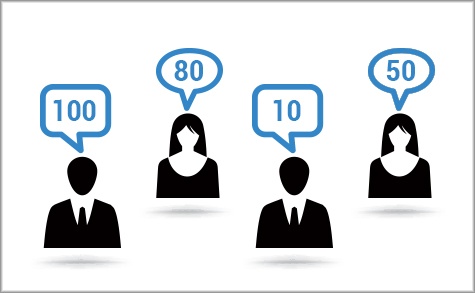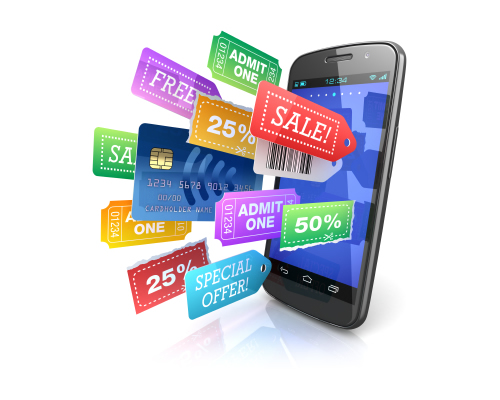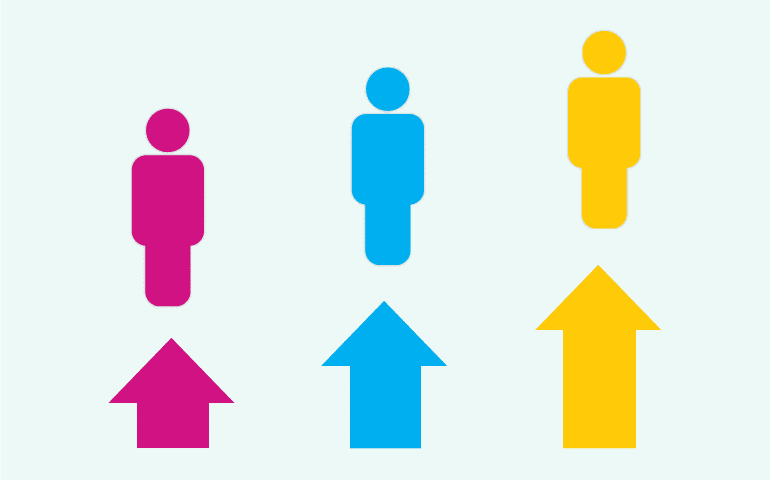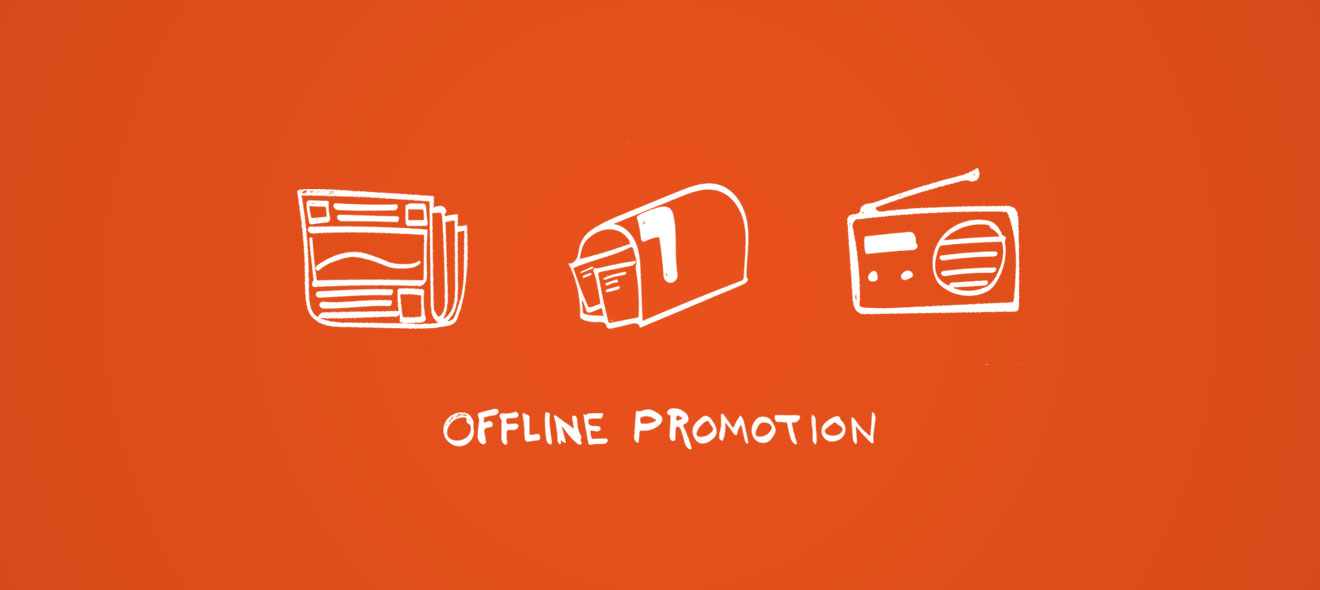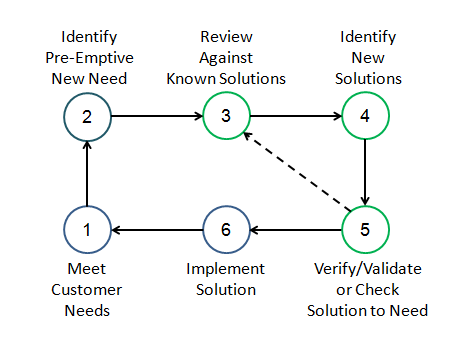1. Build a retargeting audience:
Retargeting is a paid medium. A retargeting audience may be built in any of the 4 following ways
i) Select marketing content – this is what will be displayed to your audience.
ii) Pixel based interactions – this audience is built by placing a pixel on your website that uses cookies to track online visitors, helping you remarket to them.
iii) Contact list segments – this audience is defined by a segmented contact list you already have in your database
iv) “look alike” contacts – these are outside contacts who are similar to those who have engaged with you, offering a way to exponentially increase the numbers of impressions made.

2. Make timely, well-researched calls:
The best way to convert inbound leads into qualified sales opportunities is a timely followup email or a phone call. When you make a timely, well-researched call to an inbound lead, you know exactly what the prospect is researching based on his/her recent browsing behaviour and you also have enough information about the prospect to initialize a research about the organization they work for and their specific role within the company.

3. Personalized email marketing:
You can further improve your lead nurturing strategy by personalizing your emails. You can send triggered emails when someone downloads your gated content, clicks on links in your emails, visits certain pages on your website, or when they demonstrate a high level of engagement in order to be in touch.

4. Offline marketing:
Offline marketing refers to strategies that utilize offline media channels to create awareness of a company’s products and services. These campaigns may include radio and print advertising – including billboards, signs and pamphlets,telemarketing, and television ads.

5. Lead scoring:
Lead scoring is a methodology used to rank prospects against a scale that represents the perceived value each lead represents to the organization. The resulting score is utilized to determine which leads a receiving function (e.g. sales, partners, tele-prospecting) will engage, as per the set priority. Lead Scoring allows a business to customize a prospect’s experience based on his or her buying stage and interest level
